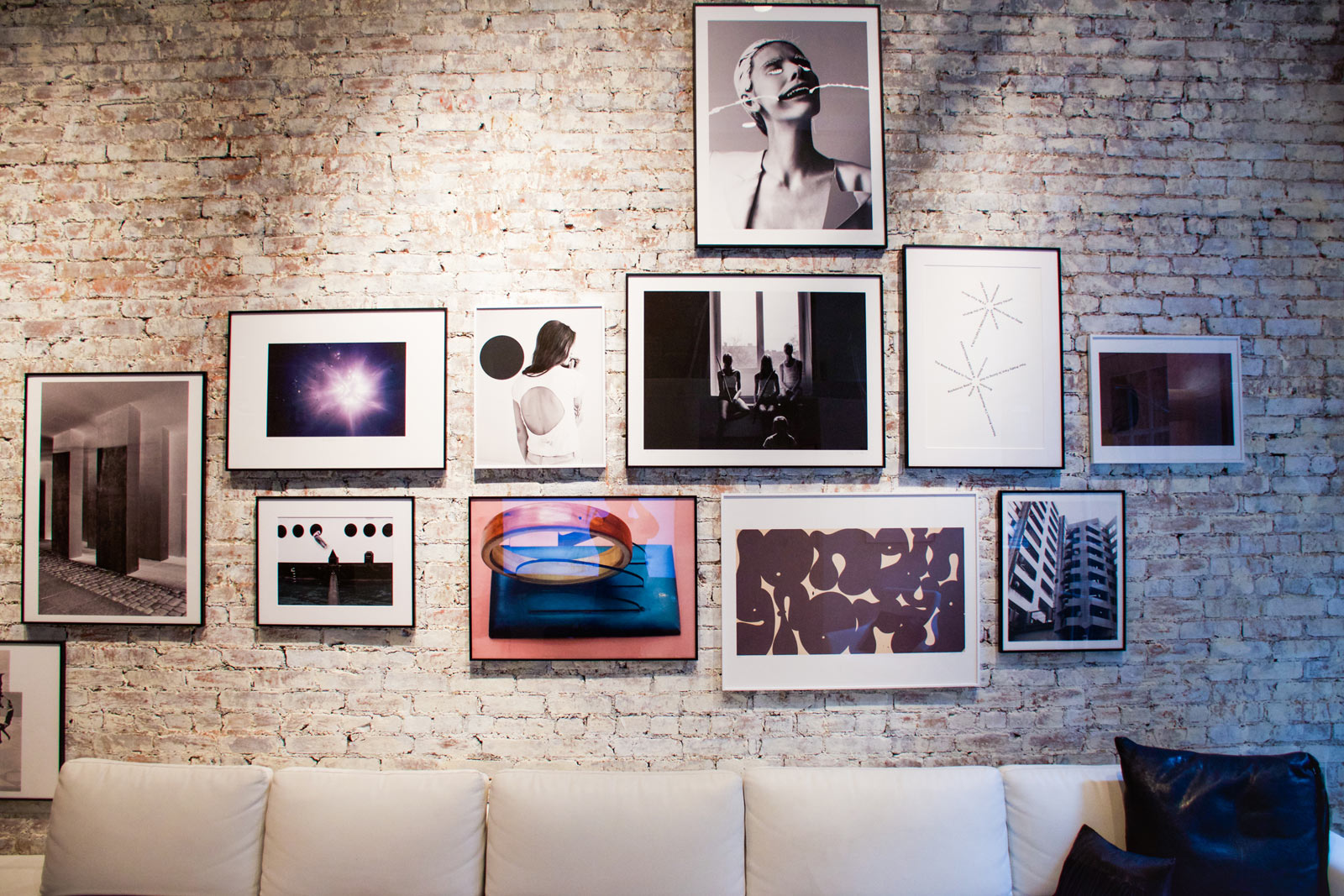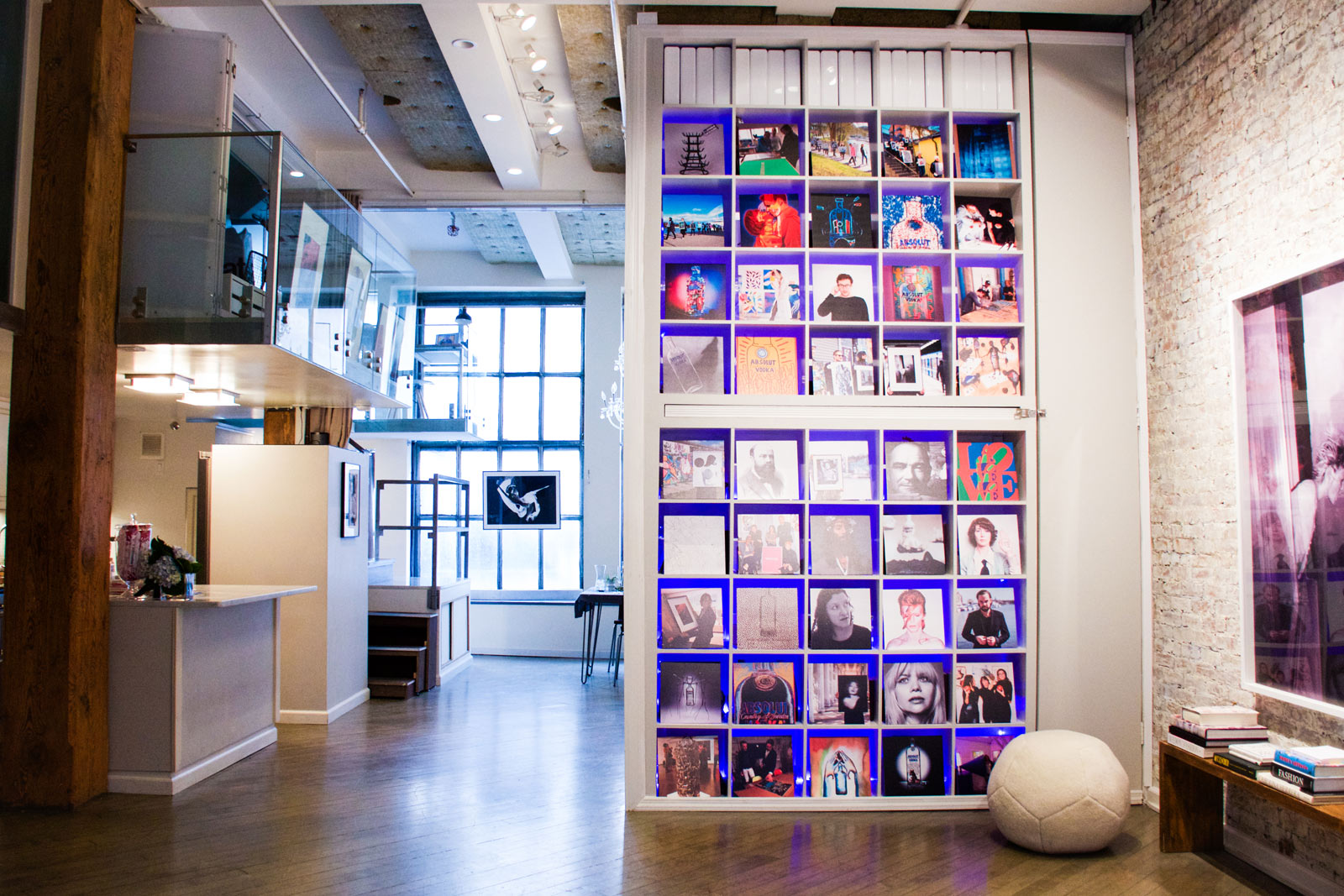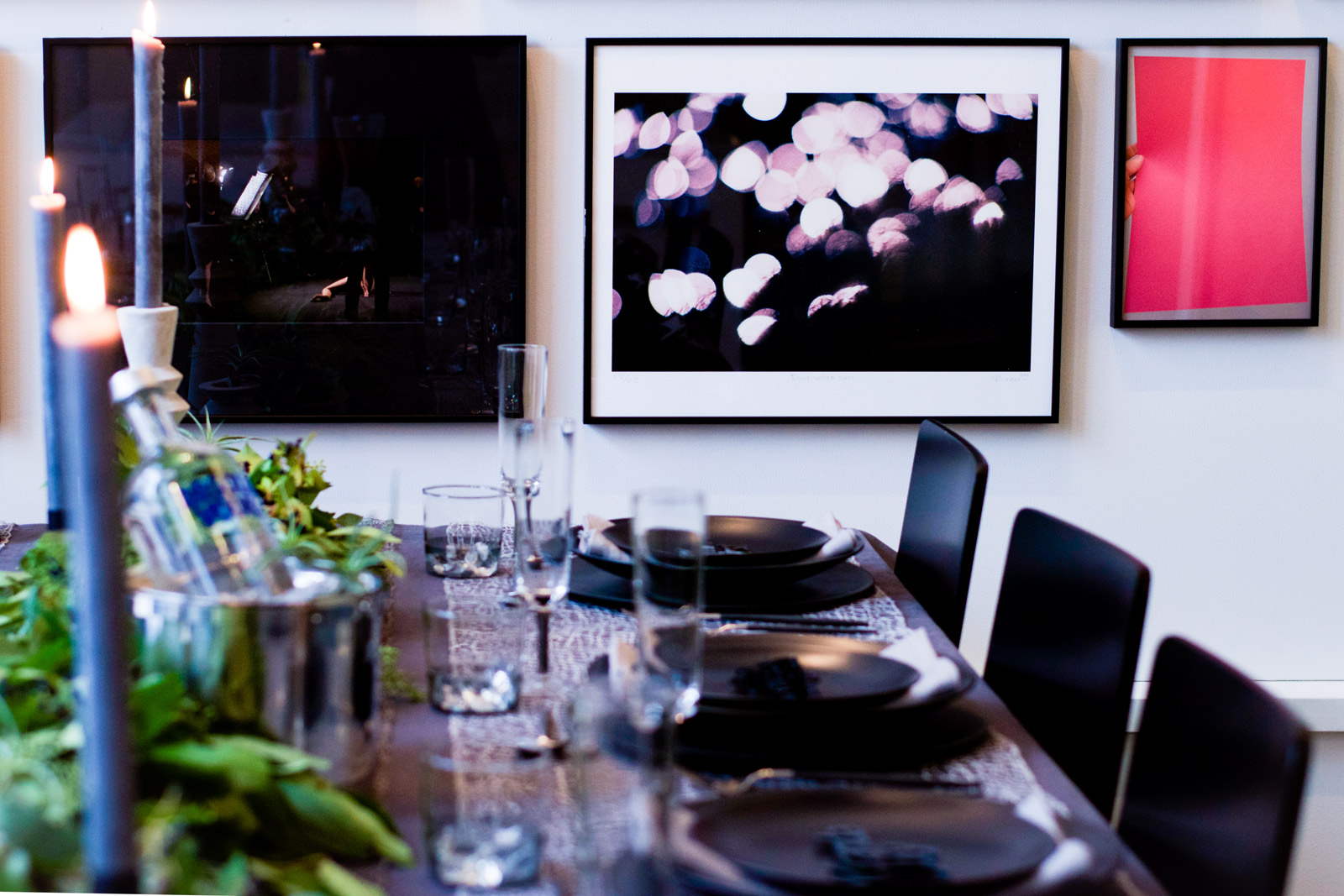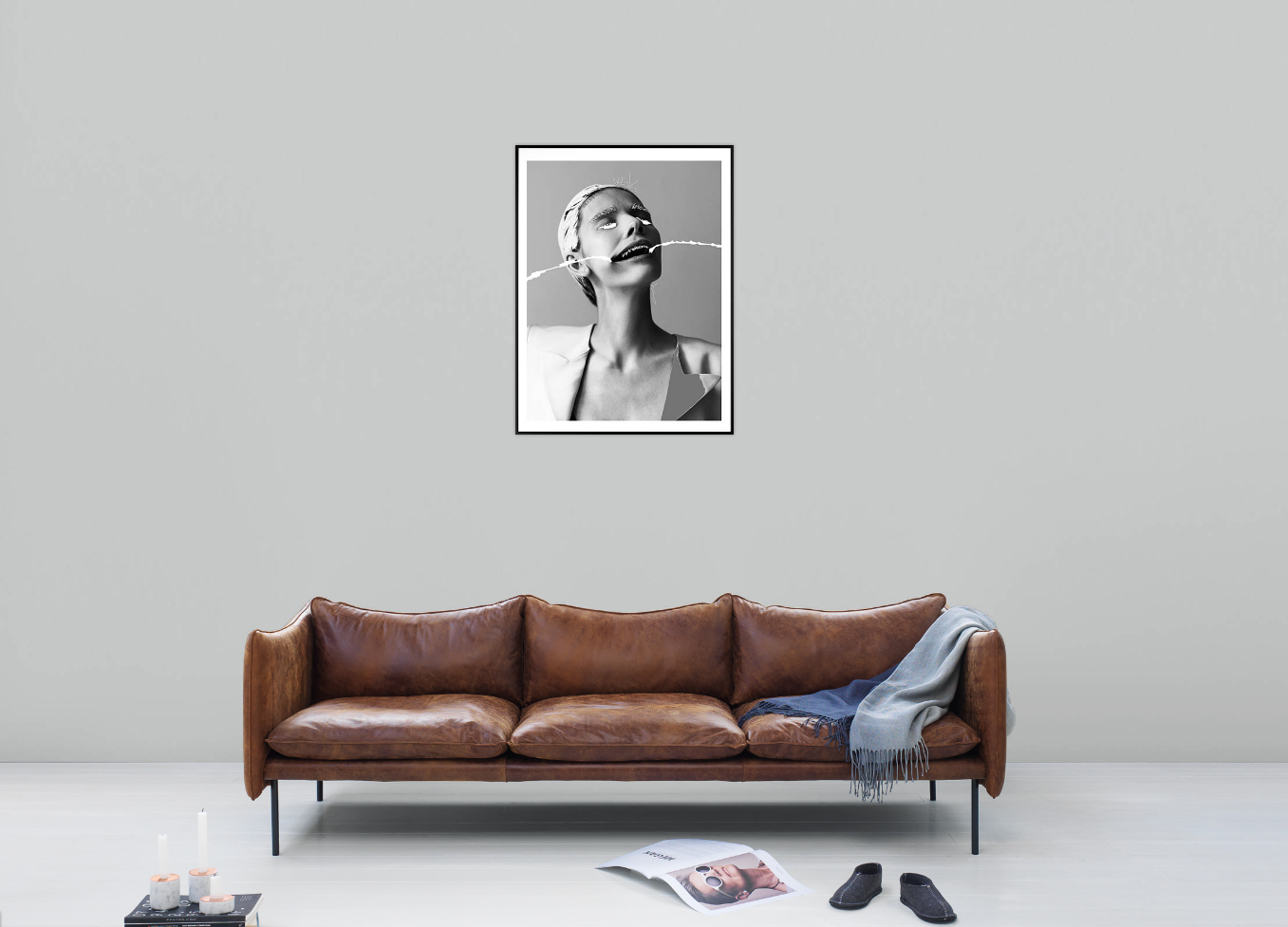Absolut Art Launches Stateside
A platform to buy editions from artists around the world, ready to hang upon delivery


Thirty years ago, Absolut vodka began a partnership with Andy Warhol. The relationship was mutually beneficial, casting the brand into the public consciousness, its bottle into the realm of iconography and offering the artist inspiration and later (with the release of a signature bottle) money for his foundation. Warhol would encourage other pop artists to work with the brand. And since, Absolut has partnered with over 600 notable creators. That isn’t what Absolut Art is about, however. This new platform, launching 5 October in the US (and previously launched in Europe), sells artwork selected by the Absolut Art team and affiliate galleries and gallerists. None of it is branded. These are works by artists who have been chosen to use the brand new e-commerce site as a launchpad for exposure and sales. It also happens to be Absolut’s first revenue stream outside of vodka. Absolut Art is an online gallery space and, to be honest, the work within is quite good.

Absolut Art CEO Nahema Mehta isn’t new to launching e-commerce art platforms. In 2015, she brought Art Remba to the world with a view in mind to democratize art ownership. Mehta was approached by Absolut after talking about all of this at a conference. The brand was exploring options for expansion into other cultural pillars. And art was part of their DNA. “In 2007 they had an art award instituted to fund artist dream projects,” Mehta explains to CH. “It became very clear that collaborations existed for decades and they were making art well known to the public, but they weren’t getting to the last step: connecting the art to the consumer, bridging the gap between artists and collectors. That’s why Absolut Art made the most sense.” Thus, the brand extension was born. When Mehta was offered the job, she explained clearly that “I don’t want to sell vodka.” The response was that this is an innovation platform and a subsidiary away from the spirit sales. A glance at the site proves this to be true.

With the prestigious artistic history, Mehta was well aware of the aesthetic inclinations of the brand’s partnerships. But as she shares, “The funny thing about the aesthetics of the past: there were no rules for the artists. They had a list including no politics, no sex and no children. Every single artist broke every single one of those rules. It’s always been about letting the artists create as they wanted.” Mehta was asked only to select work that upheld the legacy. “And that is a challenge I was more than happy to take,” she says.

How many people, however, feel comfortable with buying art online? Mehta saw a primary blockade. “We felt contextualization was lacking when making art available online. A lot of times you just see tons of JPEGs thrown at you. You forget that there is an artist dedicating their life to it, and potentially developing a process for it.” She began to contextualize art within their origins cities—thus far Stockholm, LA, Berlin, Havana and Hong Kong—and profiled the artists in small video documentaries. Partnerships with local galleries in those cities triggered the relationships with artists, so there are several levels of curation here. But when one likes a piece of art, it’s very easy to learn more about the person behind it—a deeper connection is built.
I hope to make it easier for people to live with art that they love and for artists to reach new consumers
Mehta does not want to disrupt traditional art purchasing mechanisms, but extend their reach. “I hope to make it easier for people to live with art that they love and for artists to reach new consumers,” she adds. Among the works, one can find politically-driven imagery and aesthetically eccentric imaginings. The artists range in age from 20 to 60 and arguably Miranda July is the most notable. Every edition (many of which are limited) arrives in a magnetic frame that allows for swapping out the art within. Absolut is with the consumer “from discovery to display,” Mehta says.

One of the best features of Absolut Art happens to be the website’s Art Wall (screenshot above). In a mock living room space, visitors can drag and arrange one or more pieces of art they are interested in purchasing. This offers scope, scale and the works’ compatibility with other objects.
There are 246 artworks available, ranging in price from $130-1300. For the sake of accessibility, Mehta sees no artwork in the future retailing beyond $10,000. The majority are between $200-600. When asked if any of the works from the extensive Absolut archives will ever be available, Mehta shares that “it’s not out of the question.” They are presently housed in Stockholm’s Spritmuseum and a legacy collection would certainly appeal to many.
Living space install images courtesy of Asia Coladner, all other images courtesy of Absolut Art












